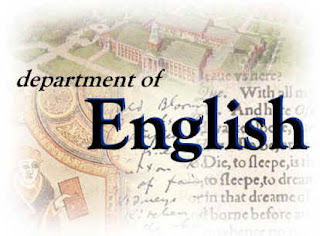Conjunction
Definition: A conjunction is a word that connects words, phrases, or clauses, establishing relationships between them. They act as bridges, linking different parts of a sentence to create a cohesive and meaningful whole.
Examples:
- “Ritu and Ruhi are two sisters.” (Connects two nouns)
- “Muttalib is poor but honest.” (Connects two adjectives)
- “Read, or you will fail.” (Connects two clauses)
Types of Conjunctions
The reference text outlines three primary types of conjunctions:
-
Coordinating Conjunctions
- Connect words, phrases, or clauses of equal grammatical rank.
- Examples: and, but, for, or, nor, so, yet
-
Subordinating Conjunctions
- Connect a dependent (subordinate) clause to an independent (main) clause, establishing a relationship of dependency.
- Examples: after, before, till, until, since, when, while, where, wherever, as, because, since, that, so that, in order that, lest, unless, if, though, although, even though
-
Correlative Conjunctions
- Appear in pairs, correlating or linking two sentence elements that are grammatically equal.
- Examples: both…and, either…or, neither…nor, not only…but also, as…as, so…as
Coordinating Conjunctions in Detail
Coordinating conjunctions are further classified into four categories based on the relationship they establish:
-
Copulative/Cumulative Conjunctions (expressing addition or accumulation)
- Examples: and, also, as well as, besides, both…and, moreover, not only…but also
- “Ratan as well as his friend has come.”
- “Both Laboni and Saba have done the work.”
-
Alternative Conjunctions (expressing choice or options)
- Examples: else, either, or, either…or, neither, nor, neither…nor, otherwise, while
- “Read, or you will fail.”
- “The players are either tired or nervous.”
-
Adversative Conjunctions (expressing contrast or opposition)
- Examples: but, however, nevertheless, only, still, while, whereas, yet
- “Zara is sad but hopeful.”
- “He worked hard, yet he could not pass.”
-
Illative Conjunctions (expressing inference or consequence)
- Examples: as, consequently, for, hence, so, therefore, thus
- “You can drive my car as you drive carefully.”
- “He’s going to work in England, so he is learning English.”
Subordinating Conjunctions in Detail
Subordinating conjunctions introduce dependent clauses, which cannot stand alone as complete sentences. They express various relationships:
- Time: after, before, till, until, since, when, while
- Place: where, wherever
- Cause/Reason: as, because, since, that
- Purpose: lest, in order that, so that, that
- Condition: unless, if, in case, provided
- Concession: though, although, even if, even though
Correlative Conjunctions in Detail
Correlative conjunctions work in pairs to connect grammatically equal sentence elements.
- Examples:
- “Last week was as hot as this week.”
- “Aftab Hossain is both rich and pious.”
- “The players are either tired or nervous.”
Compound Conjunctions
Formed by combining two or more words, compound conjunctions express complex relationships.
- Examples: as if, as soon as, as though, as well as, even if, in as much as, in order that, on condition that, provided that, so that
Usage of Some Conjunctions
The reference text provides specific examples and explanations for the usage of conjunctions like and, but, so, as/because/for/since, although/though/even if/even though, and or. It emphasizes the importance of understanding the nuanced meanings and relationships conveyed by each conjunction to ensure accurate and effective communication.
Key Takeaway
Conjunctions play a crucial role in constructing clear and coherent sentences by connecting various elements and expressing their relationships. Mastering the different types of conjunctions and their appropriate usage is essential for effective written and spoken communication.
Remember, practice is key! The more you read and write, the more comfortable you will become with using conjunctions correctly and expressively. If you have any further questions or would like more examples, feel free to ask!




